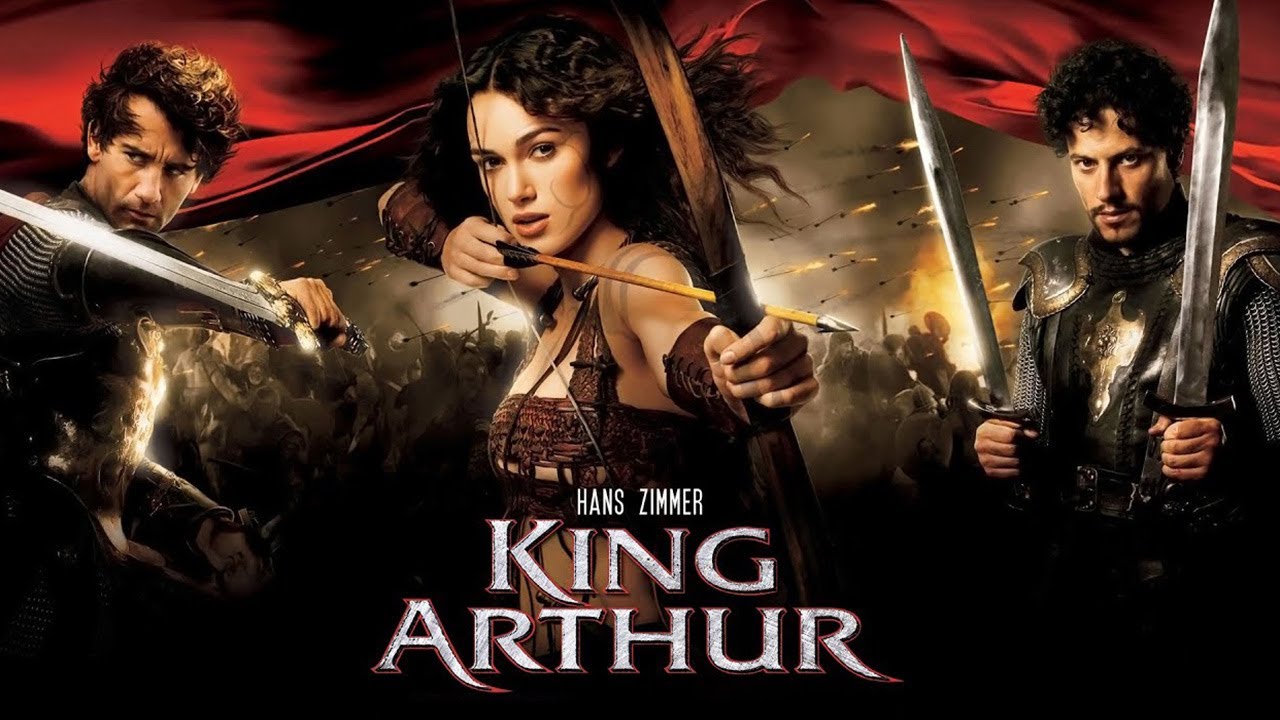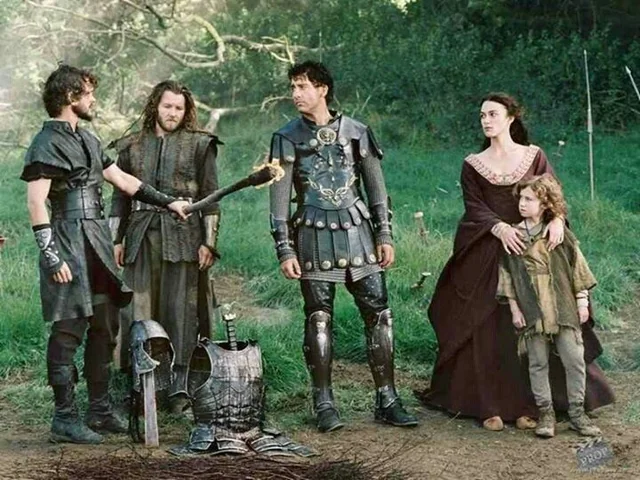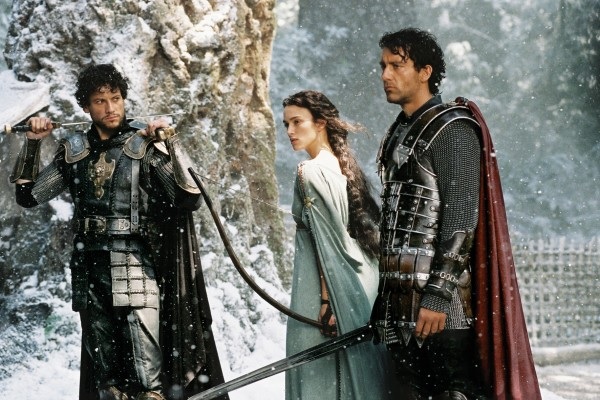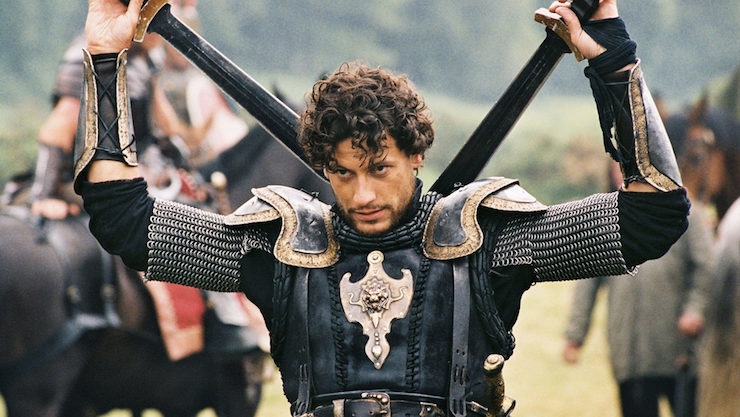King Arthur (2004)

King Arthur (2004), directed by Antoine Fuqua, offers a gritty and grounded reimagining of the legendary tale of King Arthur and the Knights of the Round Table. Unlike traditional depictions steeped in fantasy and magic, this film takes a historical approach, presenting Arthur not as a mythical king but as a Roman-British leader grappling with the challenges of loyalty, war, and destiny. With its intense battle scenes, complex characters, and rugged realism, the film delivers a fresh perspective on one of history’s most enduring legends.
Set in the waning days of the Roman Empire, the story follows Arthur (Clive Owen), a weary commander of a group of Sarmatian knights serving Rome. Bound to their service by a 15-year contract, these knights, including iconic figures like Lancelot (Ioan Gruffudd), Gawain (Joel Edgerton), and Tristan (Mads Mikkelsen), long for freedom. As their service nears its end, they are tasked with one final, perilous mission: to rescue a Roman family trapped beyond Hadrian’s Wall, deep in territory controlled by the savage Woads, a rebellious Celtic tribe led by the enigmatic Guinevere (Keira Knightley) and her ally, Merlin (Stephen Dillane).

Arthur’s sense of duty is tested as he becomes entangled in the struggles of the Britons against the encroaching Saxons, led by the ruthless Cerdic (Stellan Skarsgård) and his brutal son Cynric (Til Schweiger). Through the course of the film, Arthur transforms from a loyal Roman servant into a leader of the Britons, rallying his knights and the local tribes in a climactic battle for their homeland’s freedom.
Clive Owen delivers a restrained and noble performance as Arthur, portraying him as a man torn between his allegiance to Rome and his growing realization of his role as a protector of Britain. Keira Knightley’s Guinevere is reimagined as a fierce and independent warrior, bringing strength and complexity to her character. The ensemble cast, including Mads Mikkelsen’s stoic and deadly Tristan and Ray Winstone’s fiery and loyal Bors, breathes life into the legendary knights, grounding them in a gritty, humanized portrayal.
The film’s standout element is its brutal and realistic action sequences. Fuqua crafts intense battles that eschew fantasy for visceral, chaotic warfare, emphasizing the physical and emotional toll of combat. The final battle, fought on an icy battlefield, is a visually striking and suspenseful sequence that underscores the film’s raw and unforgiving tone.
Visually, King Arthur embraces a dark, muted palette that reflects the harshness of the time period. The sweeping landscapes of Britain, from misty forests to barren hills, create a sense of isolation and danger. Hans Zimmer’s evocative score enhances the film’s emotional and epic moments, blending haunting melodies with powerful orchestral themes.
Thematically, the film explores the conflict between personal duty and the greater good, the bonds of brotherhood, and the cost of freedom. By rooting its story in a historical framework, it raises questions about identity, loyalty, and the enduring legacy of leadership.
While King Arthur received mixed reviews upon release, with some critics questioning its historical liberties and tonal departure from the mythic elements of Arthurian lore, it has since gained appreciation for its unique interpretation and strong performances. Its grounded approach and emphasis on character and action make it a distinctive addition to the legend’s cinematic adaptations.
King Arthur (2004) may not offer the magic and mysticism traditionally associated with Arthurian tales, but it presents a compelling and rugged vision of a legendary leader forged in the crucible of war, grappling with his destiny to unite a divided land.











